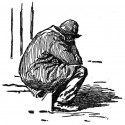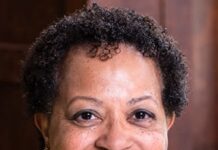 For the past 40 or more years the percentage of Black families in poverty has always been about three times the rate for White families. And many of the poorest of the poor are African Americans.
For the past 40 or more years the percentage of Black families in poverty has always been about three times the rate for White families. And many of the poorest of the poor are African Americans.
A new study by an economist at Johns Hopkins University finds that while the United States is spending more on public assistance than ever before in its history, a large percentage of the proceeds of these safety net programs finds its ways to families at or just below the poverty level, rather than to families and individuals who are at the very bottom of the income ladder.
The report finds overall federal expenditures for the poor increased by 74 percent between 1975 and 2007, when adjusted for inflation. But public assistance to the 2.5 million single-parent families at the lowest end of the income scale decreased by 35 percent from 1983 to 2004. The study found that public assistance tended to go more to the working poor and families with children and not necessarily to those with little or no income.
Robert A. Moffitt, a professor of economics at Johns Hopkins University and the author of the report, stated, “You would think that the government would offer the most support to those who have the lowest incomes and provide less help to those with higher incomes. But that is not the case.”
Professor Moffitt went on to say that “we see a pattern — rising support for those who work and declining support for those who do not. The decline of support to families with non-employed members and to single parents seems to be rooted in the presumption that they have not taken personal responsibility for their own situation.”












